Couldn't load pickup availability
In 1930, Mecca and the Kaaba held immense significance as the holiest sites in Islam. Mecca, located in present-day Saudi Arabia, has been a place of religious and cultural importance for centuries, long before 1930. The city is particularly revered because it is believed to be the birthplace of the Prophet Muhammad and the site of the Kaaba, a cube-shaped building at the center of the Masjid al-Haram (the Grand Mosque).
The Kaaba, often simply referred to as the "House of Allah," is the most sacred structure in Islam. It is a black stone building covered in a black silk and gold curtain, or kiswah, upon which verses from the Quran are embroidered. Muslims from around the world face the Kaaba during their daily prayers, symbolizing their unity and submission to Allah.
In 1930, Mecca and the Kaaba were significant pilgrimage destinations for Muslims performing the Hajj, one of the Five Pillars of Islam. The Hajj is a mandatory religious pilgrimage that every adult Muslim who is physically and financially capable must undertake at least once in their lifetime. The pilgrimage typically occurs during the Islamic month of Dhu al-Hijjah, and it involves various rituals, including circumambulating the Kaaba seven times counterclockwise.
During this time, Mecca was still a relatively small city compared to its modern state, but it was already the epicenter of Islamic faith and devotion. Pilgrims traveled from various parts of the world to visit the holy city, with their journey often taking them through challenging conditions. In 1930, access to Mecca was primarily by land, and the infrastructure was not as developed as it is today.
It's essential to note that access to Mecca has historically been restricted to Muslims only. Non-Muslims have not been permitted to enter the city or the Grand Mosque, a rule that remains in place to this day. The city has undergone significant expansion and development in the years since 1930, with modern infrastructure, transportation, and accommodations to accommodate the millions of pilgrims who visit each year.
Materials
Materials
Cotton canvas, matte photo paper, fine art paper, pigmented inks.
- The canvas it's 99 % cotton, 450 gr/sqm;
- The matte photo paper it's acid-free (archival paper), 190 gr/sqm;
- The fine art photo paper it's satinated (semi-glossy), 140 gr/sqm.
Shipping & Returns
Shipping & Returns
Dispatching time: 1-2 days.
* Standard shipping fee: The orders will be sent by priority registered mail, usually via client National Post (USPS, Canada Post, Royal Mail, LaPoste, Deutsche Post, PostNL, etc). The delivery times are not guaranteed, sometimes it will take longer and these are beyond our control. Tracking number will be provided. Clients from US and Canada cannot track the parcels as the tracking numbers are not rolled in USPS and Canada Post systems.
* UPS standard: The orders will be sent with UPS expedited option. The delivery time it's between 5-11 days. Tracking number will be provided after dispatch.
* UPS express: The orders will be sent with UPS express saver. The delivery time it's between 4-7 days. Tracking number will be provided after dispatch.
Framing tips
Framing tips
Both type of materials, paper and canvas prints come rolled and will be need to be taken to your local framers.
The image it's printed with a border of 0.6 " (1.5 cm), for framing purposes only.
If you have already a frame, be sure you send us the exact size of the print that will fit inside the frame. We're printing on vectorial plotters so the size could slightly be more or less with 0.4" (1 cm).
If you plan to have the canvas print stretched on wooden frame, you'll need additional border, so please let us know after placing the order.
The images above was cropped from the image at the biggest size available (keeping the best quality and aspect /ratio), so, for good details please choose biggest dimensions that will suit your preferences / space.
Care Instructions
Care Instructions
The print media (canvas or photo paper) could be cleaned only with a dry, soft cloth.
Share
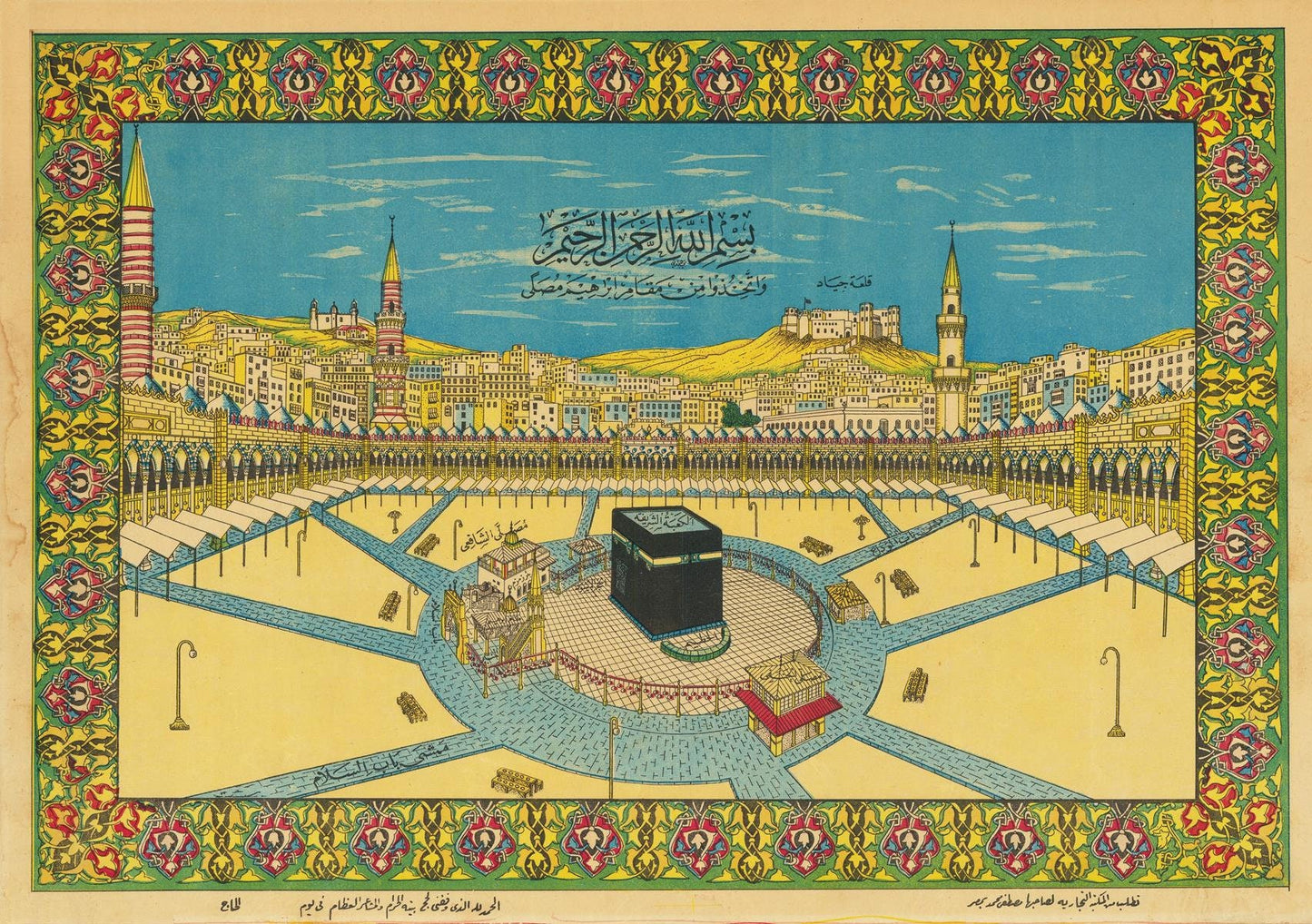
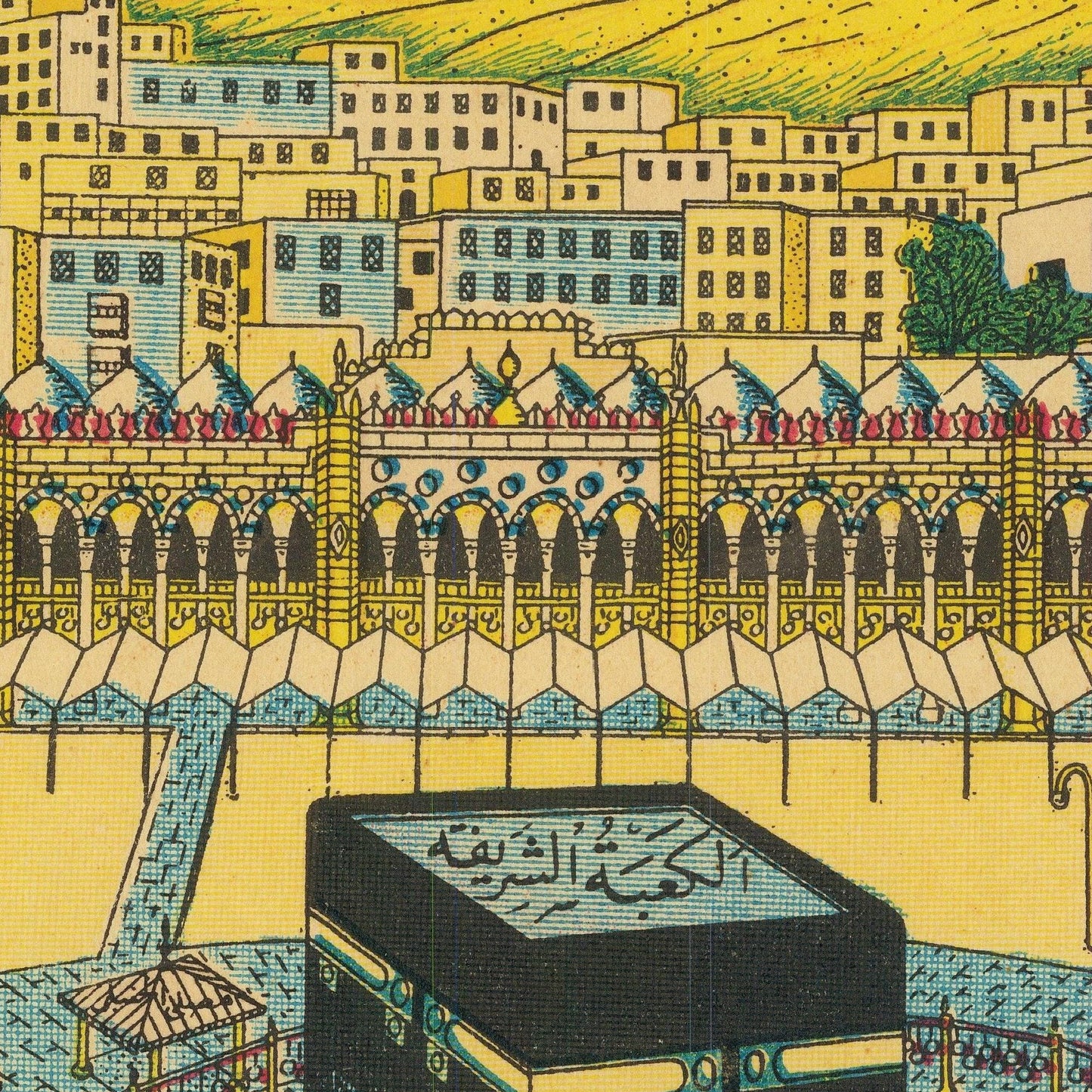
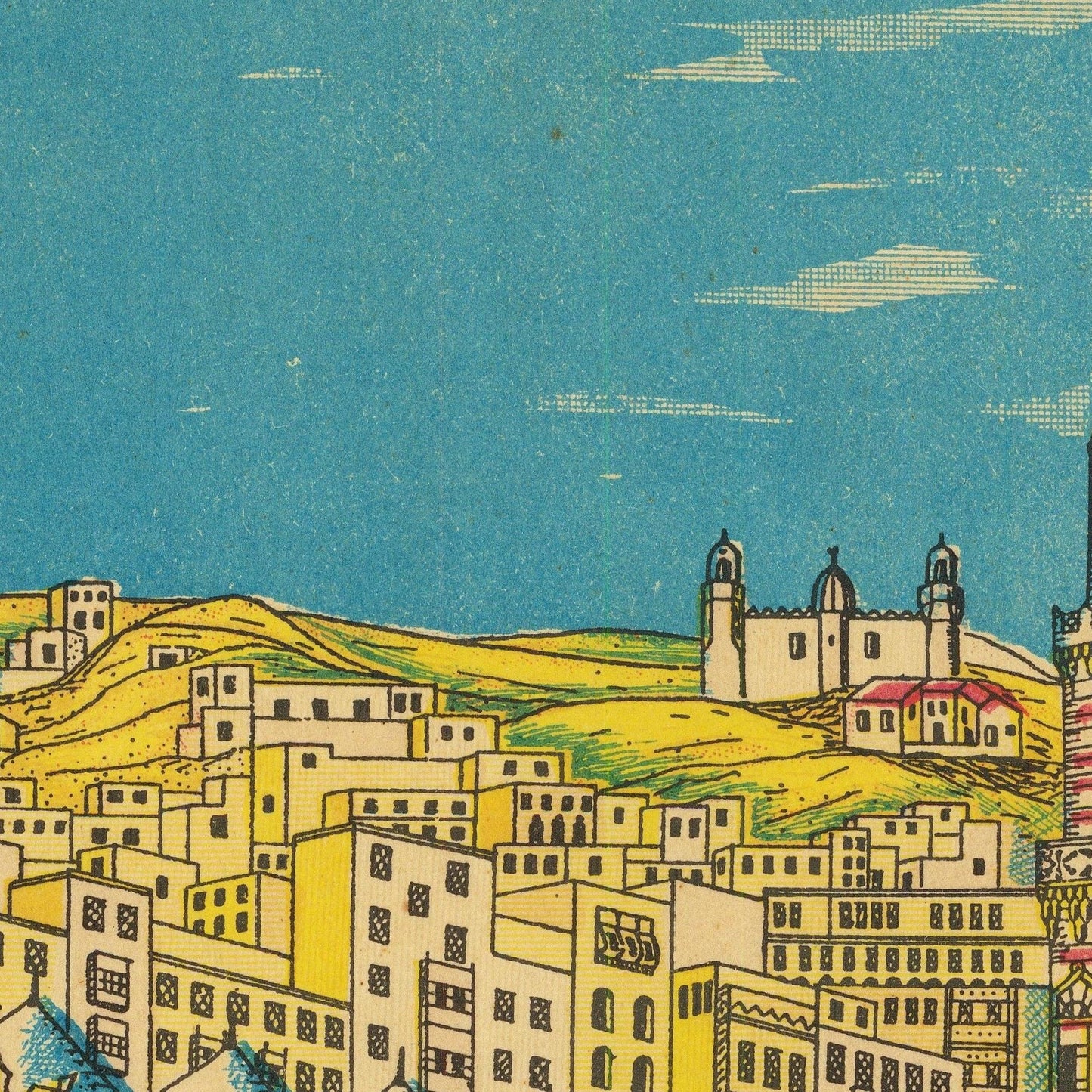

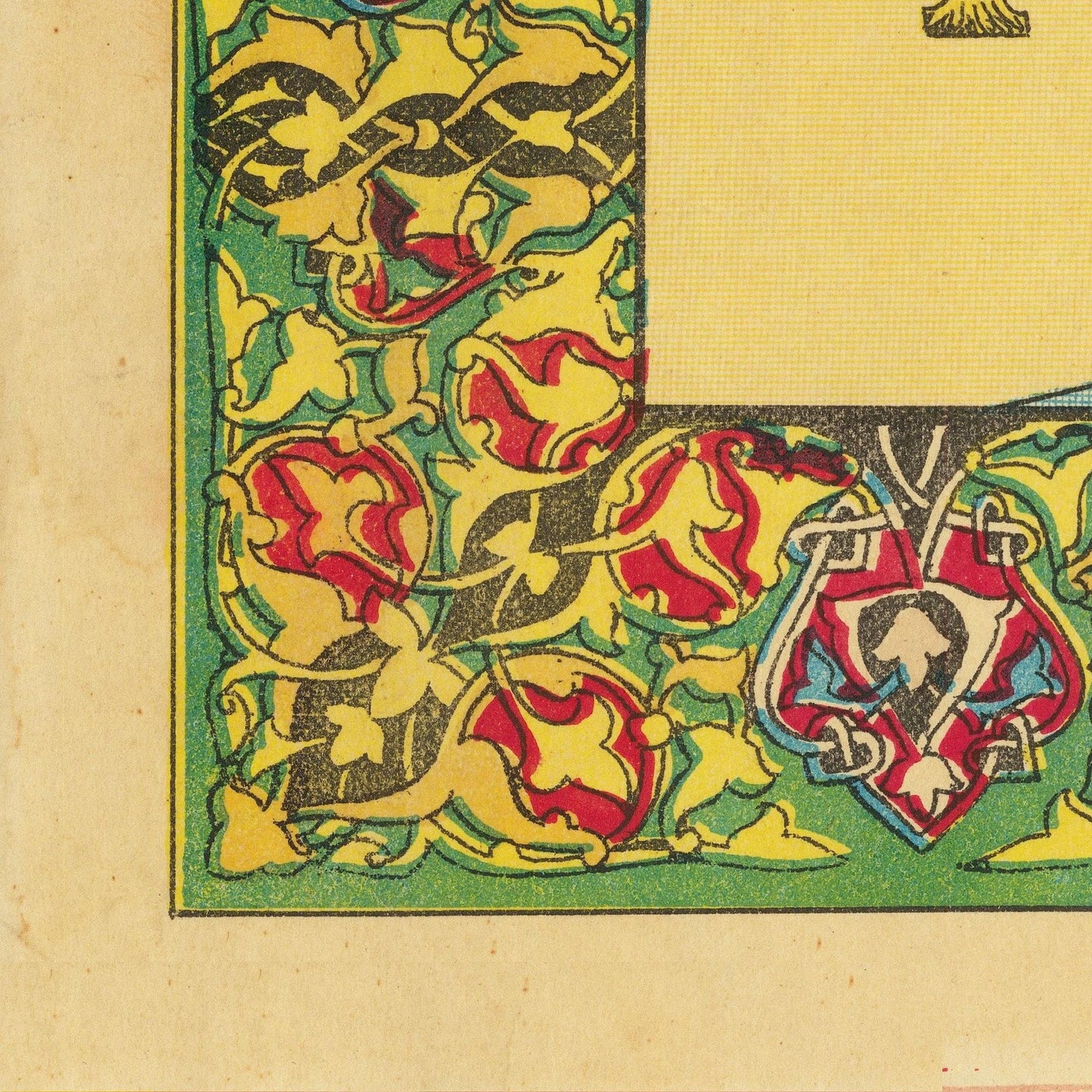
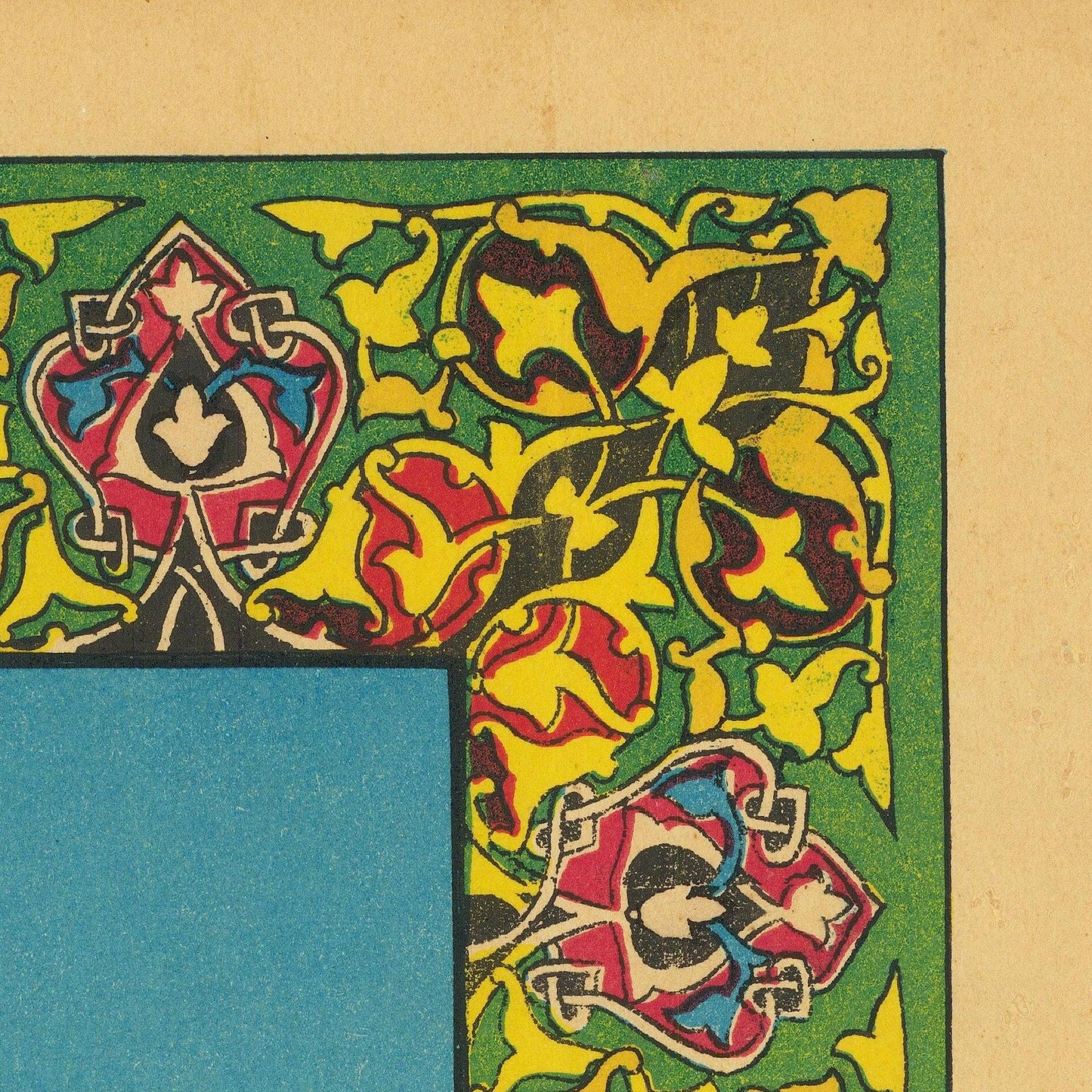
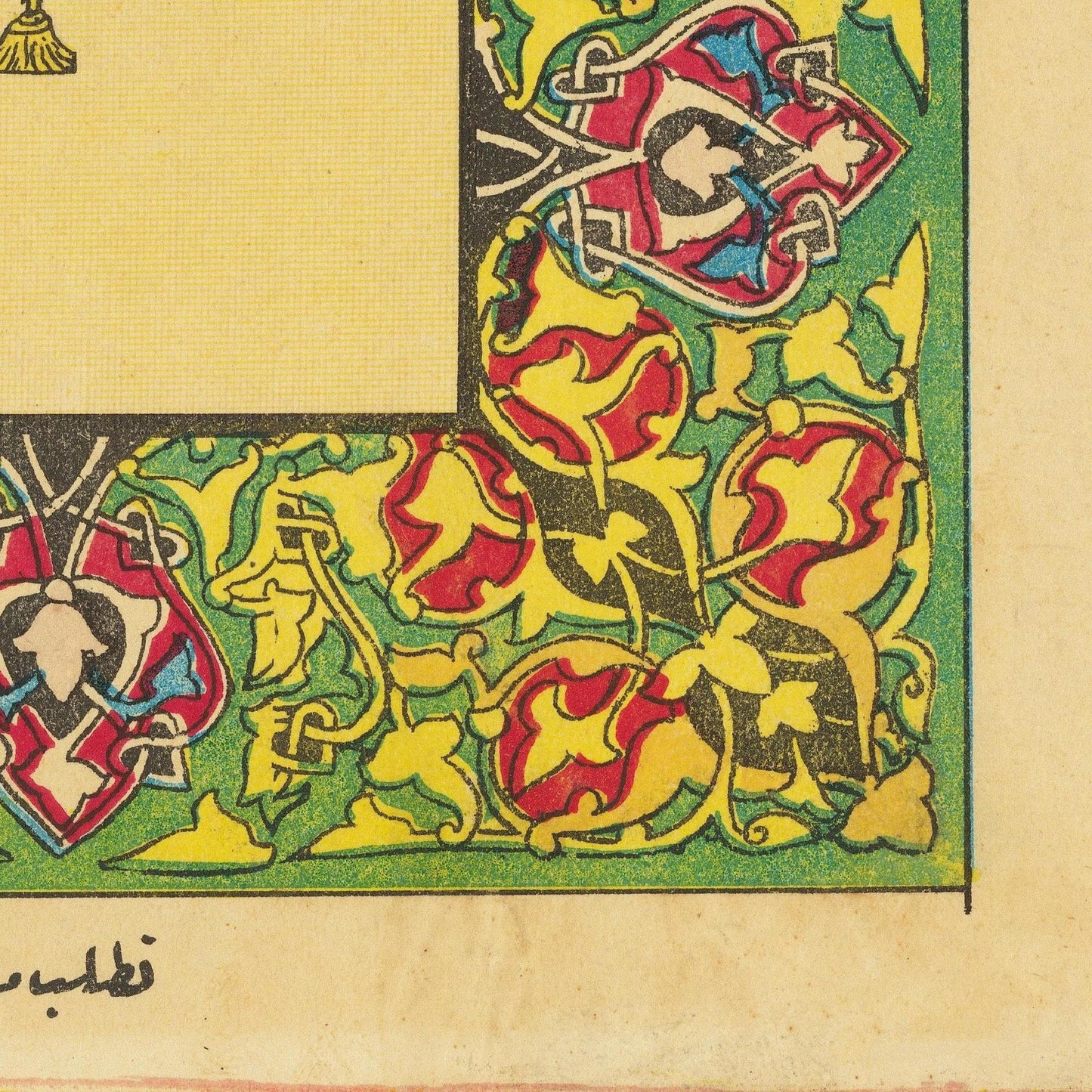
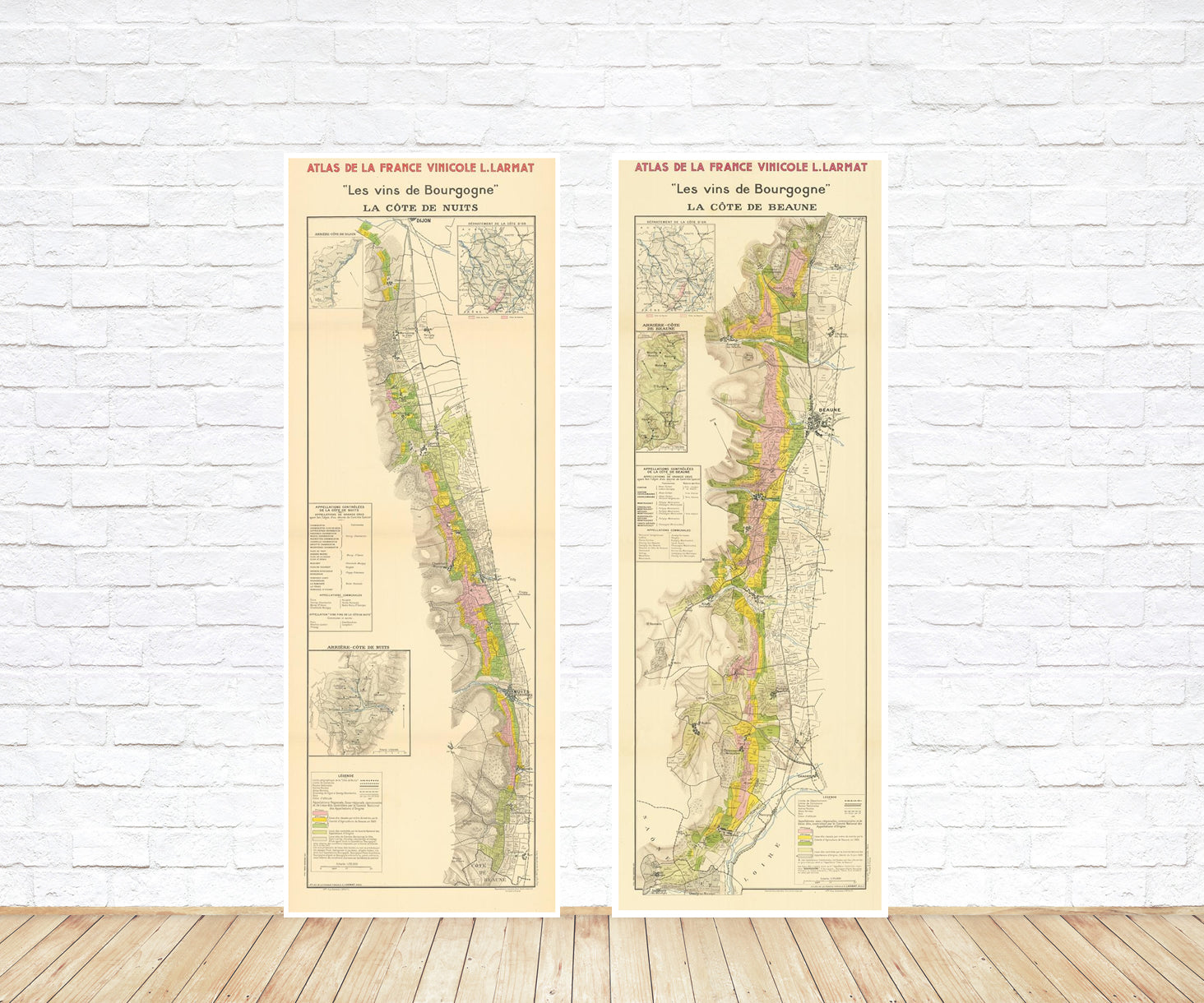
Wine maps
Explore the rich history of wine through centuries-old maps. Dive into the heritage, culture, and geography of wine regions with our collection of vintage wine maps.
These meticulously preserved historical treasures offer a window into the evolution of viticulture, showcasing how wine regions have transformed over the centuries.
-
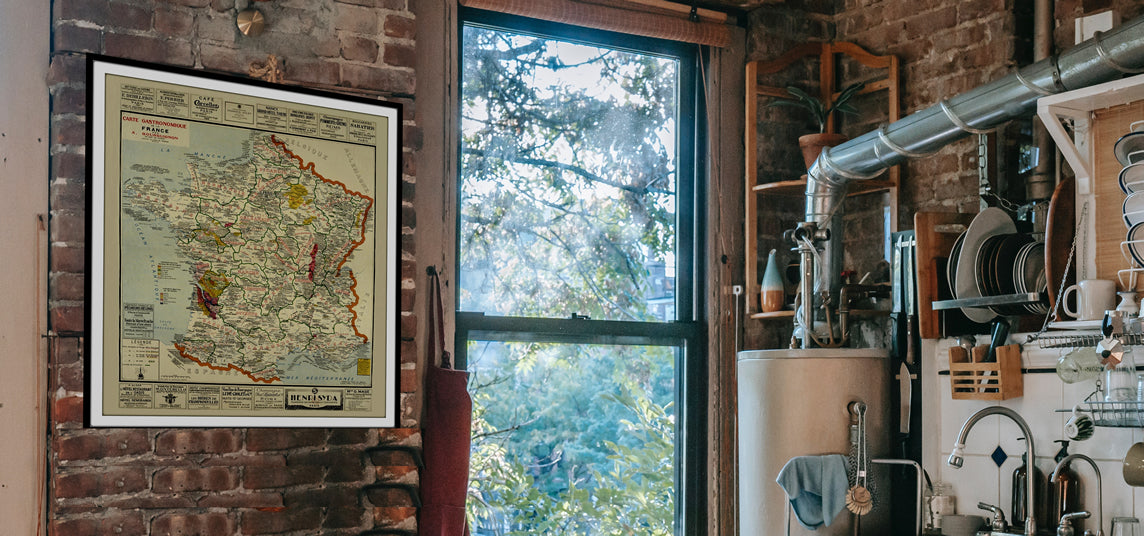
Gastronomic maps
Dive into a world of culinary exploration with our collection of gastronomic maps – your passport to gastronomic adventures like no other. Discover the intricate art of cheese-making and the exquisite world of gourmet delights through our meticulously curated Cheese Maps and Gastronomic Maps.
-
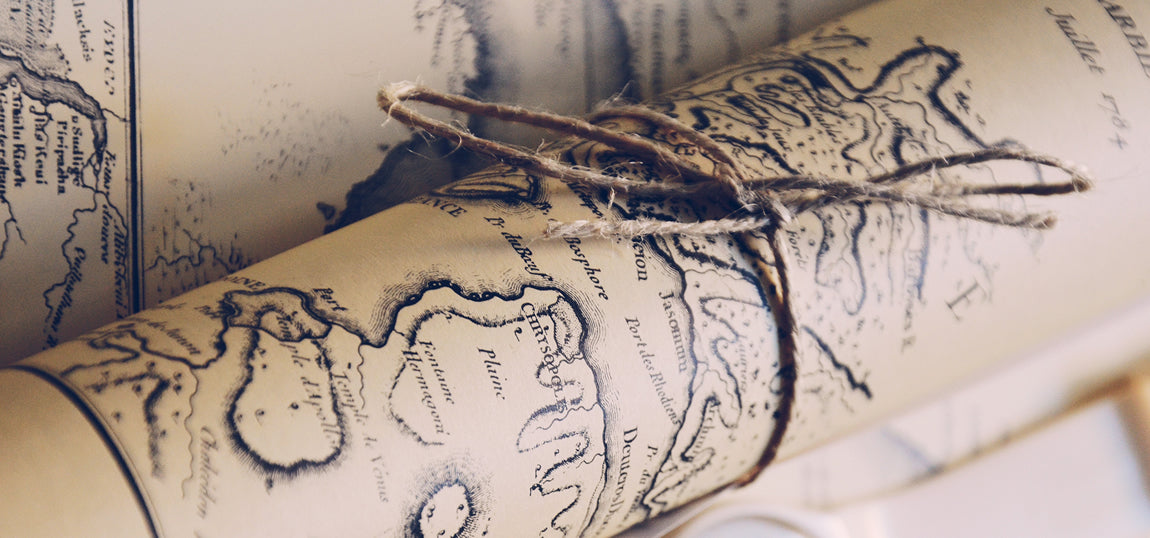
Empires maps
Travel through history as you explore the territorial expanse, conquests, and cultural influences of some of the world's most powerful civilizations. Our antique maps bring the epic tales of empires to life, offering a captivating glimpse into the rise and fall of these extraordinary realms. See all empires maps >









